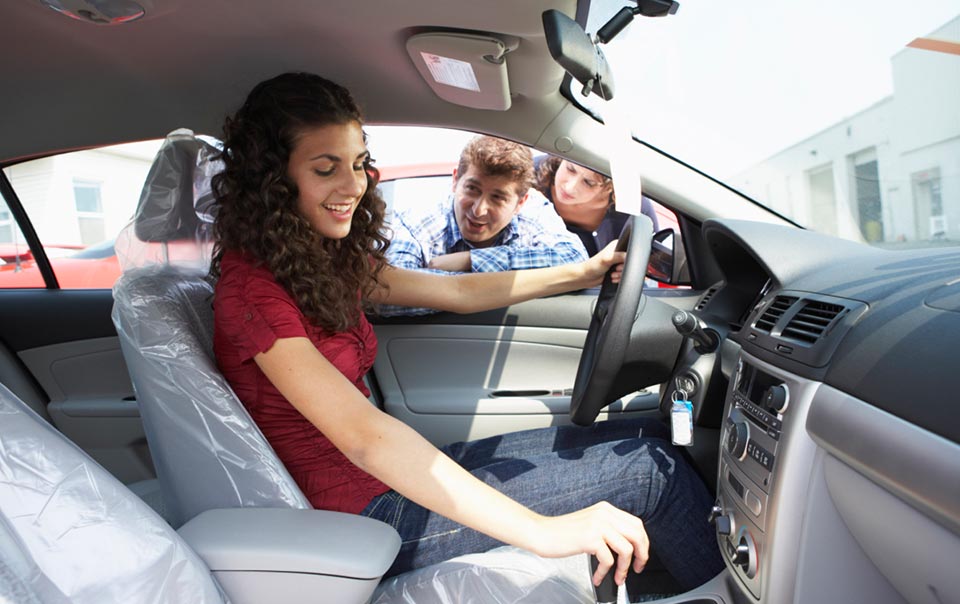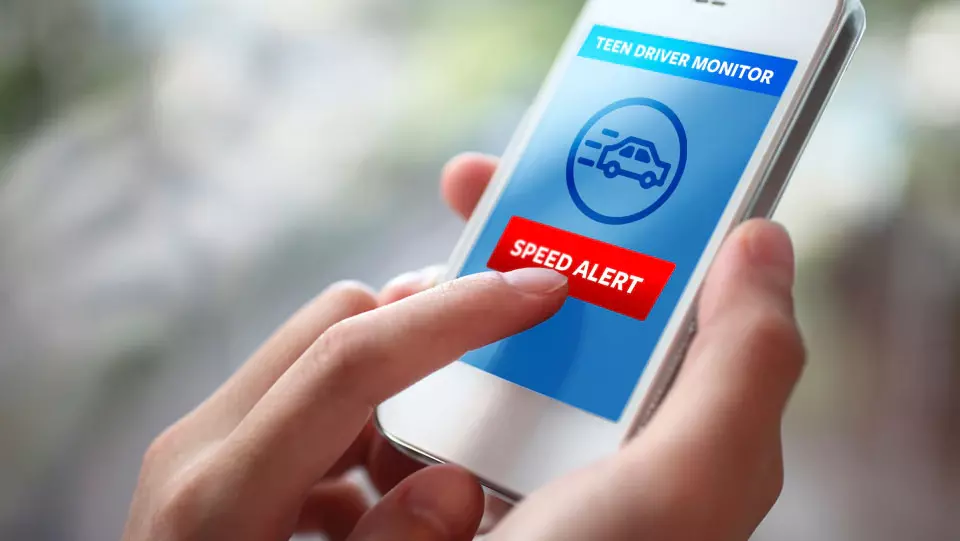12 Tips to Help Teens Drive Safely


If you’re worried about your newly licensed teenager getting behind the wheel of a car, you’re not alone. Many parents feel uneasy when their children reach driving age. Inexperience coupled with potential distractions can put teens at a higher risk than drivers who already have a few years under their belt. But there are ways to help your child drive safely once they get behind the wheel. Here are some teen driving tips that can help:
1. Accompany your teen driver for a period of time
The risk of a crash is highest in a teen’s first year of driving.1 To help reduce this risk, give your teen as much practice as possible before they drive independently. The CDC recommends at least 30 to 50 hours of supervised driving practice spread out over a minimum of six months.2
2. Use the “do not disturb” setting
Distracted driving is dangerous for drivers and pedestrians alike, and smartphones are one of the most prominent distractions. To help teens stay focused on the task at hand, advise them to set their phone to the Do Not Disturb setting while driving.
3. Discourage other forms of distracted driving
Phones aren’t the only source of distracted driving. Encourage your teen to set up GPS directions and eat before hitting the road. Limiting the number of passengers can help also, since they can sometimes be very distracting, especially to a new driver.
4. Keep them on a sleep schedule
Drowsy driving is another potential threat to your teen’s life and the lives of other drivers. Remind your teenage driver about the impact of drowsy driving and the importance of getting plenty of shut-eye.
5. Set a strict curfew
Visibility is low at night, and low visibility can present a significant challenge for inexperienced drivers. Combine that with adverse weather conditions (see below) and that could spell trouble. Set a curfew for your teenage drivers so they’re not driving late into the night.
6. Keep an eye on weather conditions
Weather events such as rain, hail, snow, ice and fog naturally make things more difficult for new drivers. Suggest that they download a weather app to their phone and encourage them to check local conditions before heading out. Apps that show the weather by the hour may be a great choice, as they’ll be able to check for adverse weather events that may be arriving later in the day.
7. Watch the gas gauge
Double check their gas gauge occasionally to ensure they’re fueled up and remind them to keep an eye on it, too. Make sure your teens know how to refuel and consider putting a few bucks in the glove compartment for emergency gas. Running out of gas could leave them stranded and potentially put them in harm’s way.
8. Have them pitch in
Ask your teens to cover some of the costs of their vehicle: gas, registration, insurance, etc. Having them pitch in can create accountability and ensure more responsible driving.
9. Hop in the passenger’s seat every once in a while
Take a drive with your teens every so often just to check in on their driving skills. Are they following the rules and driving safely? Are there skills they need to work on? Don’t be afraid to roll back privileges if they aren’t operating the car appropriately.
10. Stress the importance of seat belts
Seat belts are nonnegotiable. Seat belts saved almost 15,000 lives on U.S. roads in 2017.3
11. Encourage them to leave early
If your teen has an appointment or time-sensitive event to attend, make sure they hit the road with plenty of time to get there a few minutes early. This could help reduce speeding.
12. Leverage technology
There are a number of apps that can help with monitoring your teen’s driving. Just make sure you’re up front about your use of these apps, and let your teens know what you expect of them.
The day your teens start to drive on their own doesn’t have to be scary. Just take a hands-on role in their driving education, model safe driving behavior and let them rise to the occasion.
Make sure they’re properly insured, too. Contact your local independent agent or Travelers representative to learn about Travelers car insurance. They can help you determine what car insurance coverage your teen driver might require.
Sources
1, 2 https://www.cdc.gov/parentsarethekey/danger/index.html
3 https://www.nhtsa.gov/risky driving/seat belts



